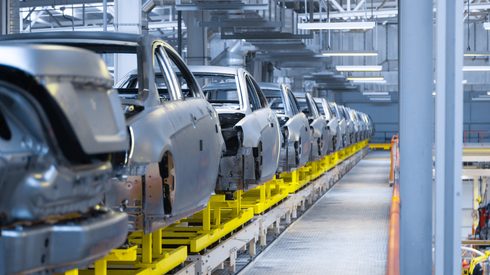With nickel prices down by almost 20% over the space of around ten days during late February and early March, one might have been expecting us to be reporting sharply-lower prices of stainless steel, at least for the most common nickel-containing grades of stainless steel.
This is not the case, at least in Europe and the United States, and is due, in part, to the pricing dynamics in these regions, with stainless steelmakers passing on changes in alloy costs with a delay via the alloy surcharge mechanism. Perhaps prices will retreat somewhat in May, particularly if nickel prices do not recover more from their recent fall.
There are offsetting factors as well, however. Producers in both regions continue to enjoy improved bargaining positions and have faced little resistance to a number of base price increases this year because a large degree of restocking and some improvement in end-use demand has come up against slightly tighter local supply.
Ongoing and tightening restrictions on imports are also limiting buyers’ options. Thus after falling sharply since late 2019 before the outbreak of the Covid-19 pandemic, base prices in Europe are now moving back toward the €1,000-per-tonne level and are at their highest since mid-2018.
Rising chrome and iron prices are also helping offset the fall in nickel prices, with contract prices of high-carbon ferro-chrome set to increase by a notable 32% during the second quarter of the year. This is a move reflected in alloy surcharges from European and US stainless steelmakers but to which little attention is paid in China and wider Asia, where local prices of ferro-chrome hold more sway.
The Chinese and Asian markets should give stainless steelmakers elsewhere pause for thought, however. There, prices are largely unchanged this month and stainless steel appears increasingly easier to obtain. As supply picks up in other parts of the world and the market moves closer to balance, we would expect producers’ bargaining position in Europe and the US to erode somewhat later in 2021.
Click here to view the latest Stainless Steels tracker in full.






